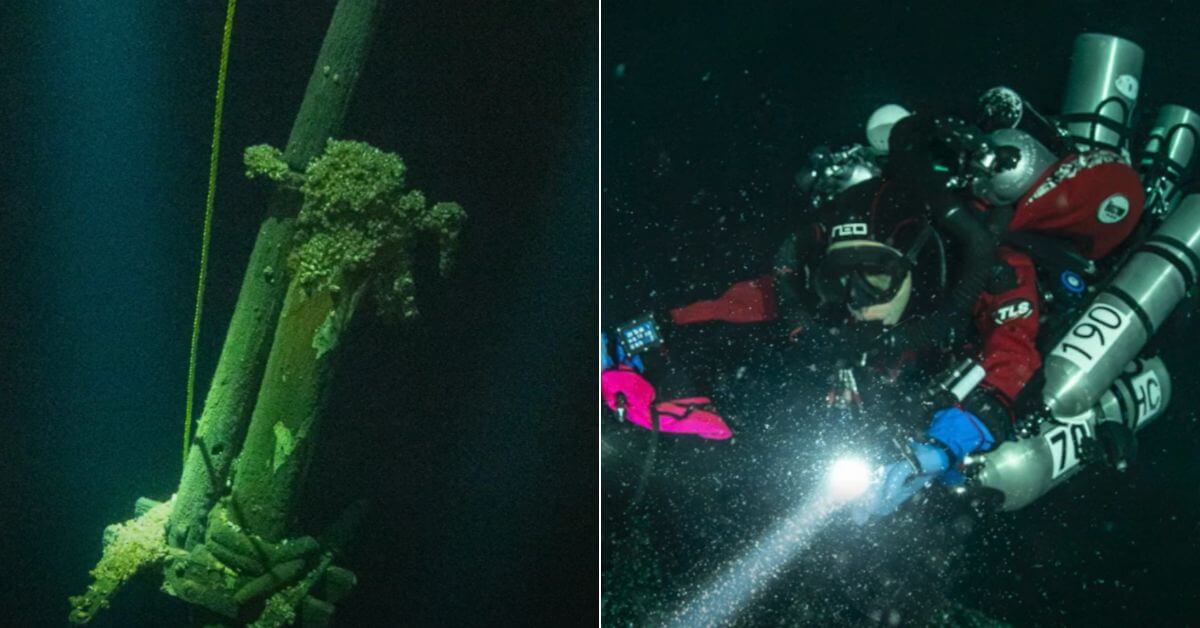
TSB Urges Stronger Safety Measures After Engineer Injured In Accidental Lifeboat Release
November 25, 2025
Sweden To Select Supplier For Country’s Largest Surface Warships In Almost Half A Century
November 25, 2025

A team of Canadian divers has unexpectedly discovered a remarkably intact 200-year-old shipwreck while searching Lake Ontario for another vessel, finding both of its masts still standing despite centuries underwater.
The divers had been conducting a search for the Rapid City, a vessel built in 1884 that disappeared near Toronto in 1917, when they encountered the unexpected wreck at a depth of about 100 metres.
The group, led by explorer Jeff Lindsay and diver Heison Chak, said they initially assumed it was the ship they were looking for before realising it was an entirely different and much older vessel.
Ontario Underwater Council President and lead exploration diver Heison Chak told reporters that the team needed a moment to compose themselves because the wreck was found in one piece, with both the main mast and foremast still upright.
He explained that such preservation is considered unusual, as masts typically collapse over time due to natural deterioration, vessel traffic, anchors or diver activity.
Chak also observed that the ship still retained a topmast, something he said he had never seen on any wreck he had explored in Ontario or the St. Lawrence River.
The team believes the depth of the site may have protected the vessel from disturbance, and members suggested they might be the first to have seen it since it sank.

Archaeologists reviewing imagery of the wreck identified several features, such as older rope rigging, the absence of a centreboard and the lack of a wheel on the aft deck, that indicated the ship likely dates from the first half of the 19th century.
Archaeologist James Conolly said these characteristics immediately suggested an early 1800s British vessel and added that the discovery could offer valuable insight into Great Lakes shipbuilding during that period.
Photographs taken by Lindsay show the hull intact and covered in mussels, with the deck cabin and masts still in their original locations.
The dive team intends to return during the next diving season to conduct a full dimension survey and take wood samples to more accurately determine the age and origin of the wreck.
Video Credits: Fox News/Facebook
In a separate archaeological development, researchers in Croatia recently uncovered a 2,000-year-old Roman ship near the Dalmatian Coast.
The vessel, found just metres from a modern beachfront in the village of Sukošan, was first suspected in 2020 when divers located an ancient plank with a metal nail.
Further excavation revealed the 42-foot ship and a collection of Roman coins, including one portraying Emperor Trajan. The International Centre for Underwater Archaeology stated that the ship is believed to have sunk during a storm.
References: KTVU, The Sun
Source: Maritime Shipping News


